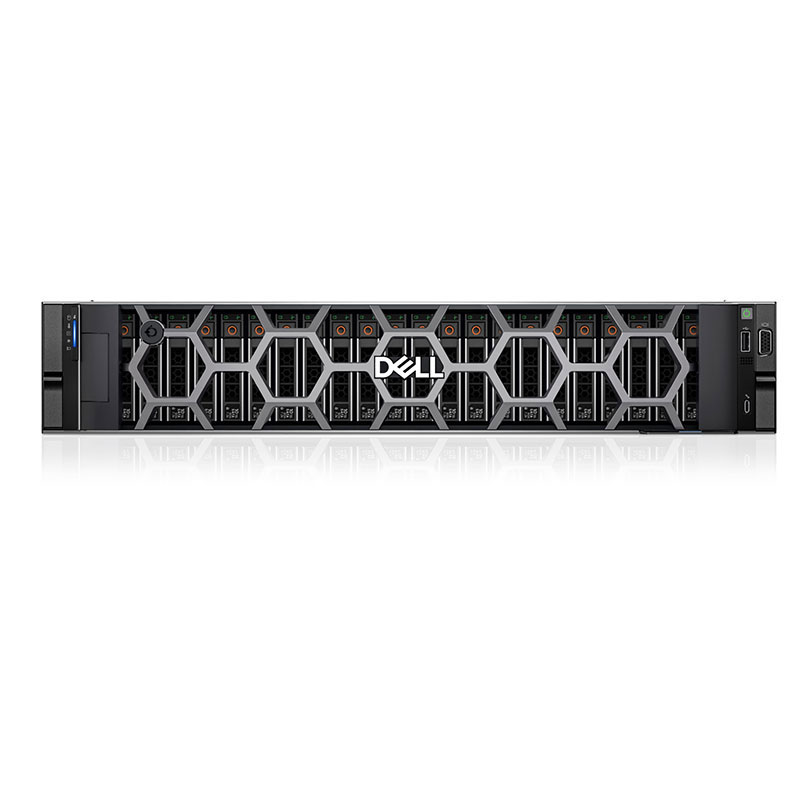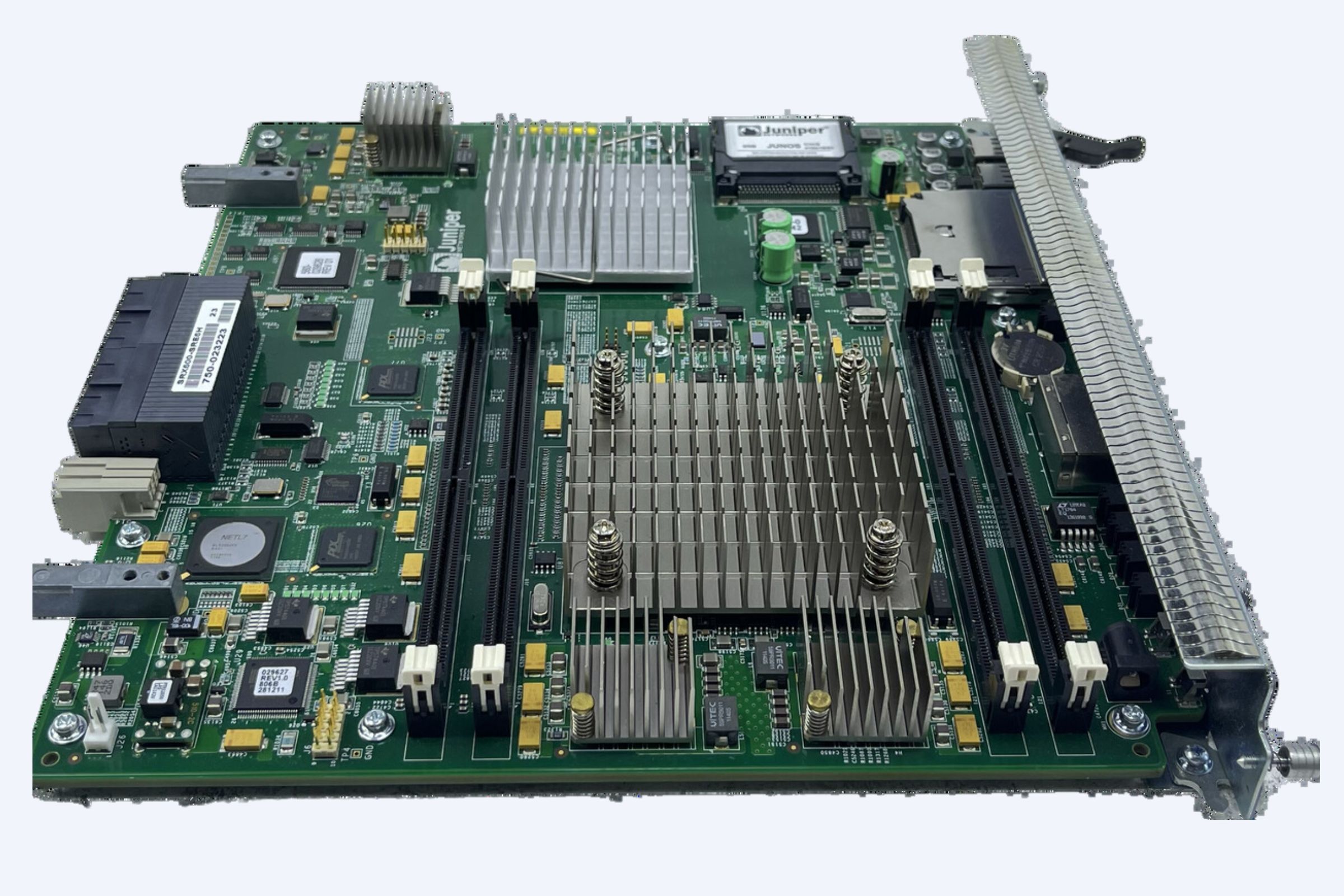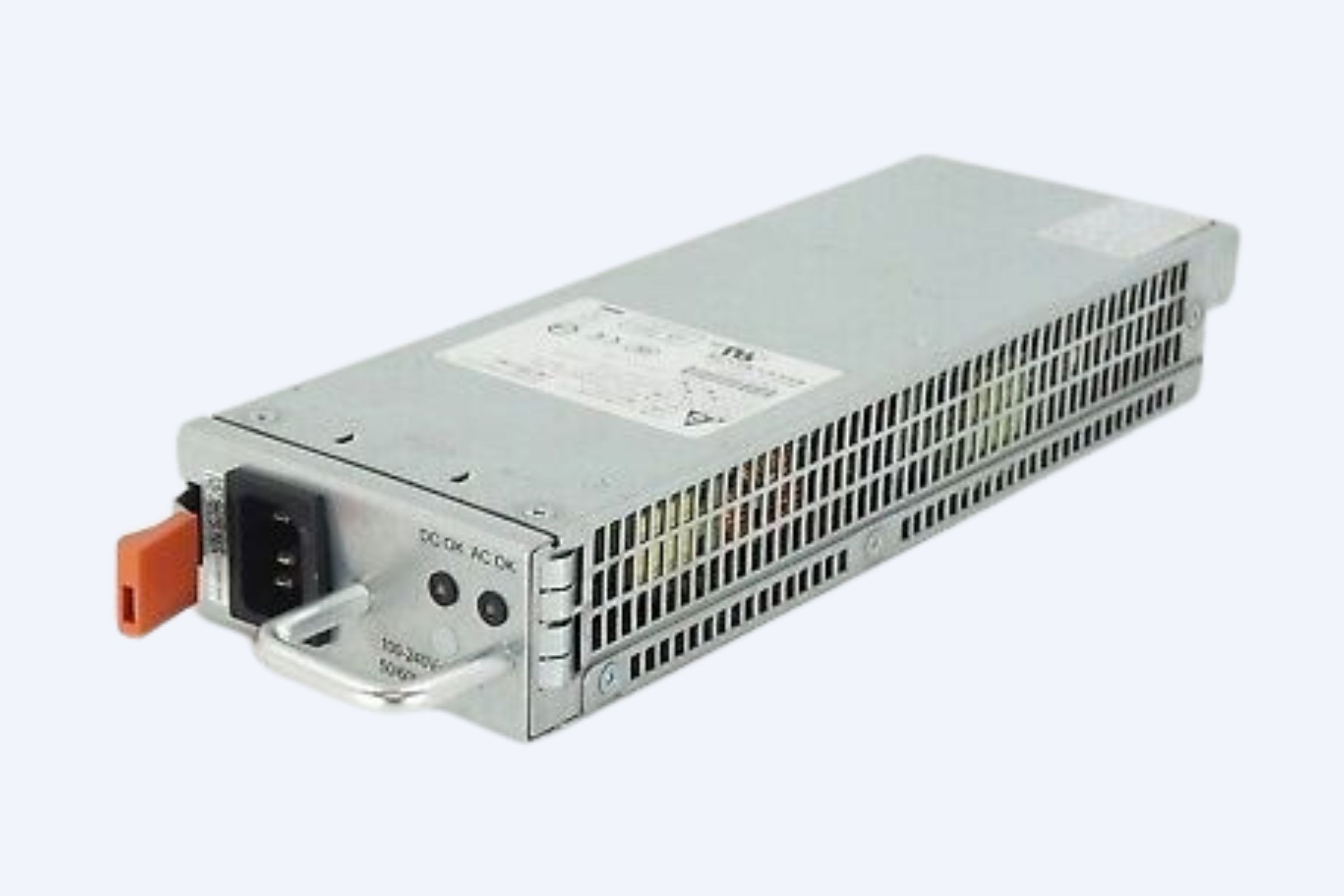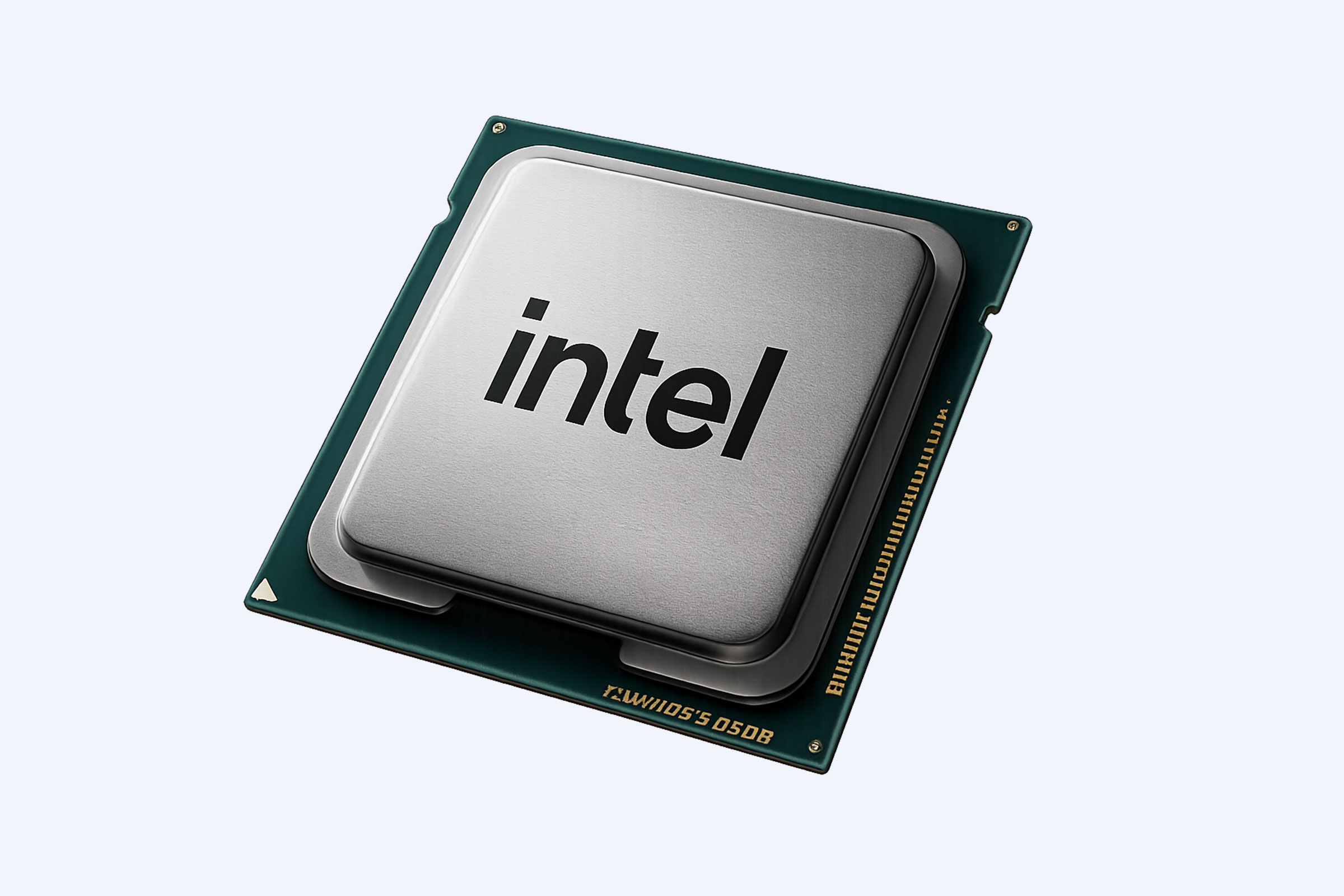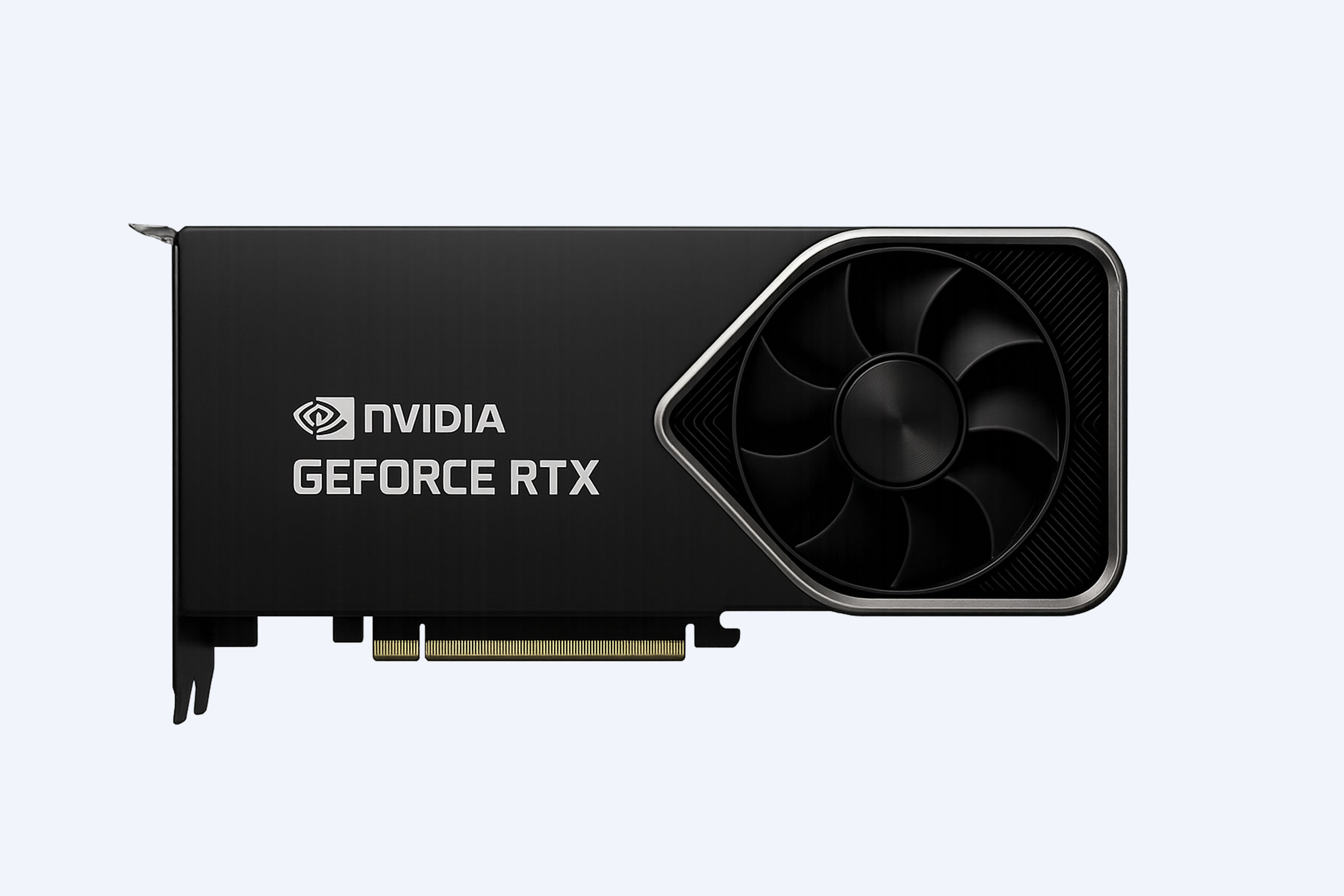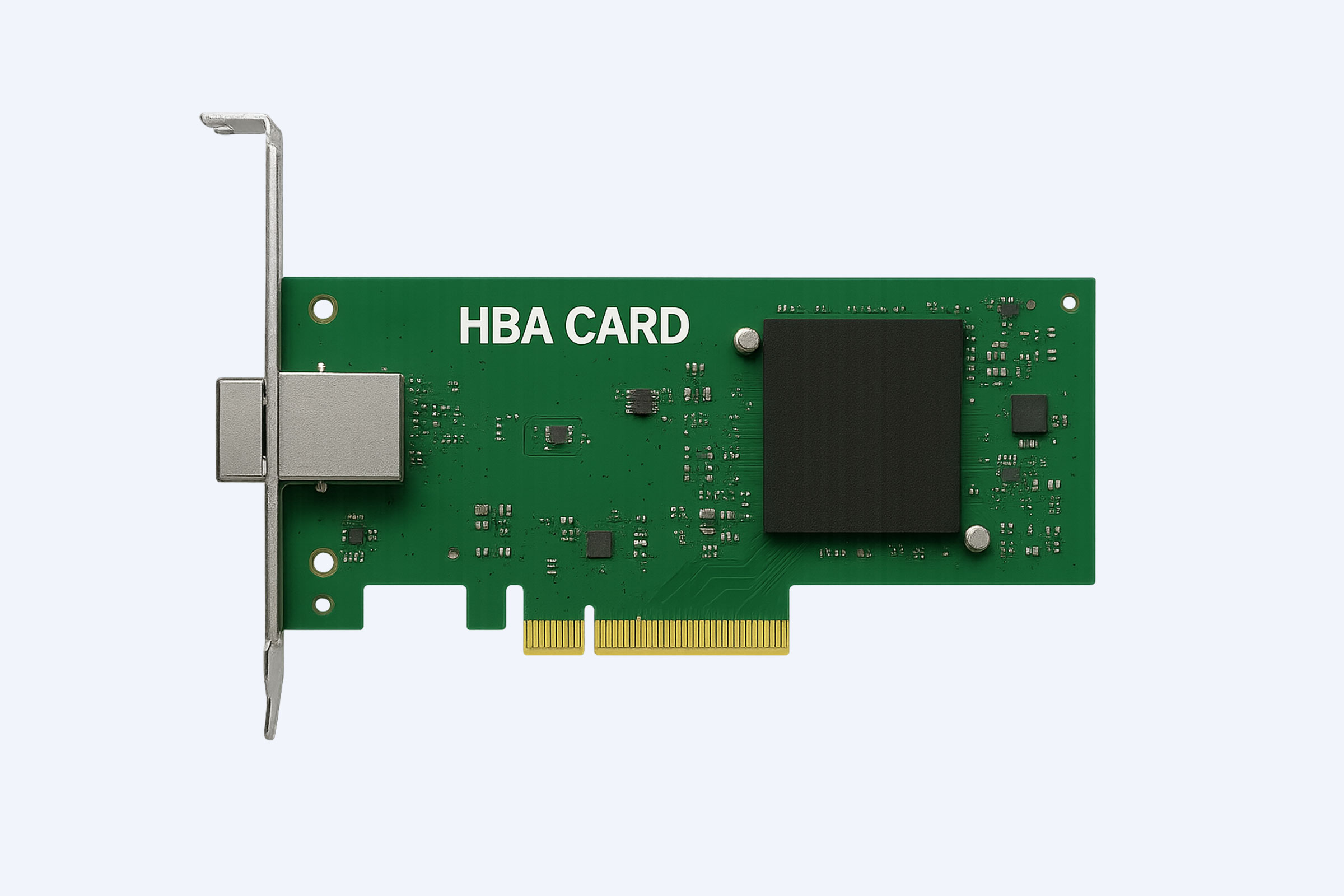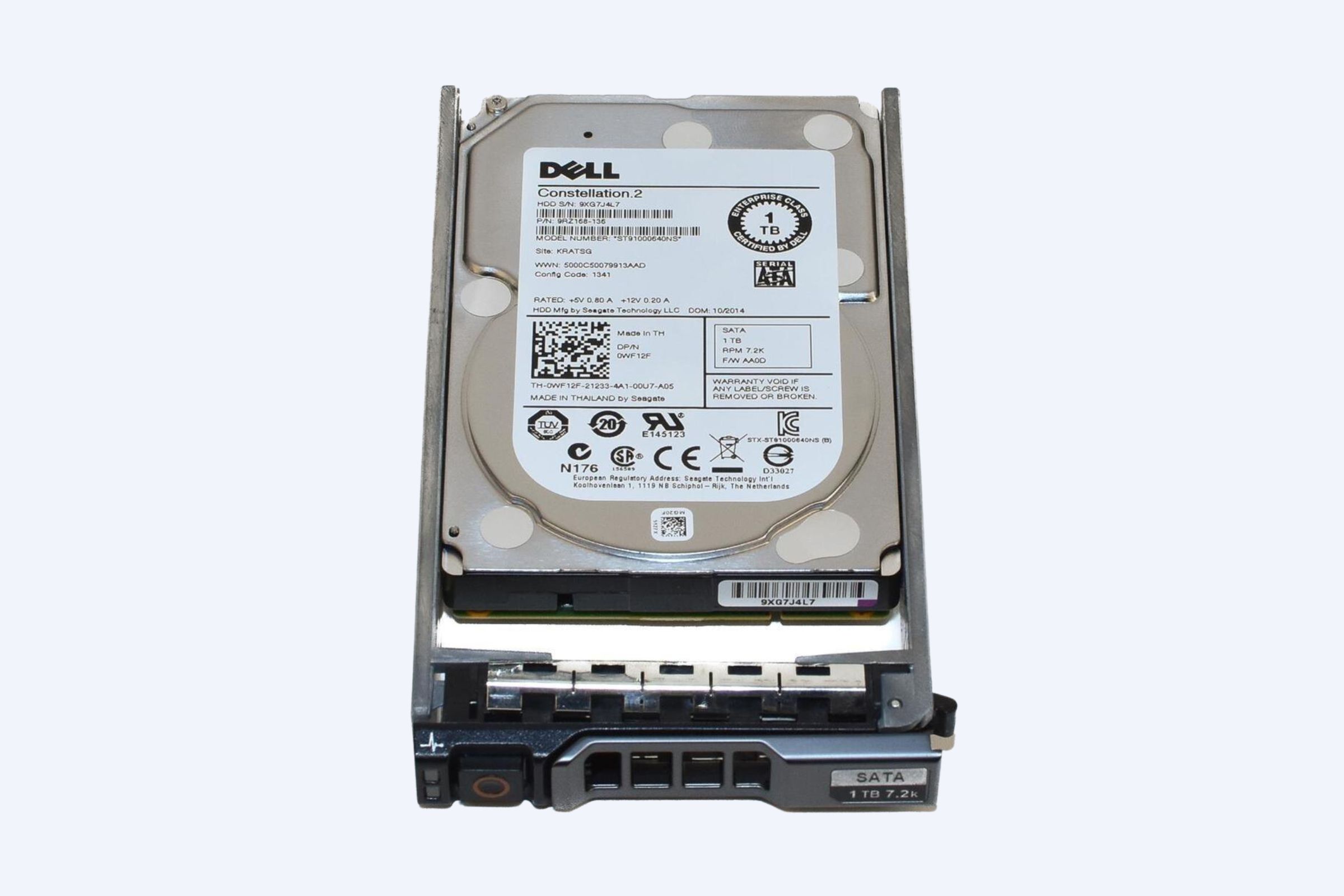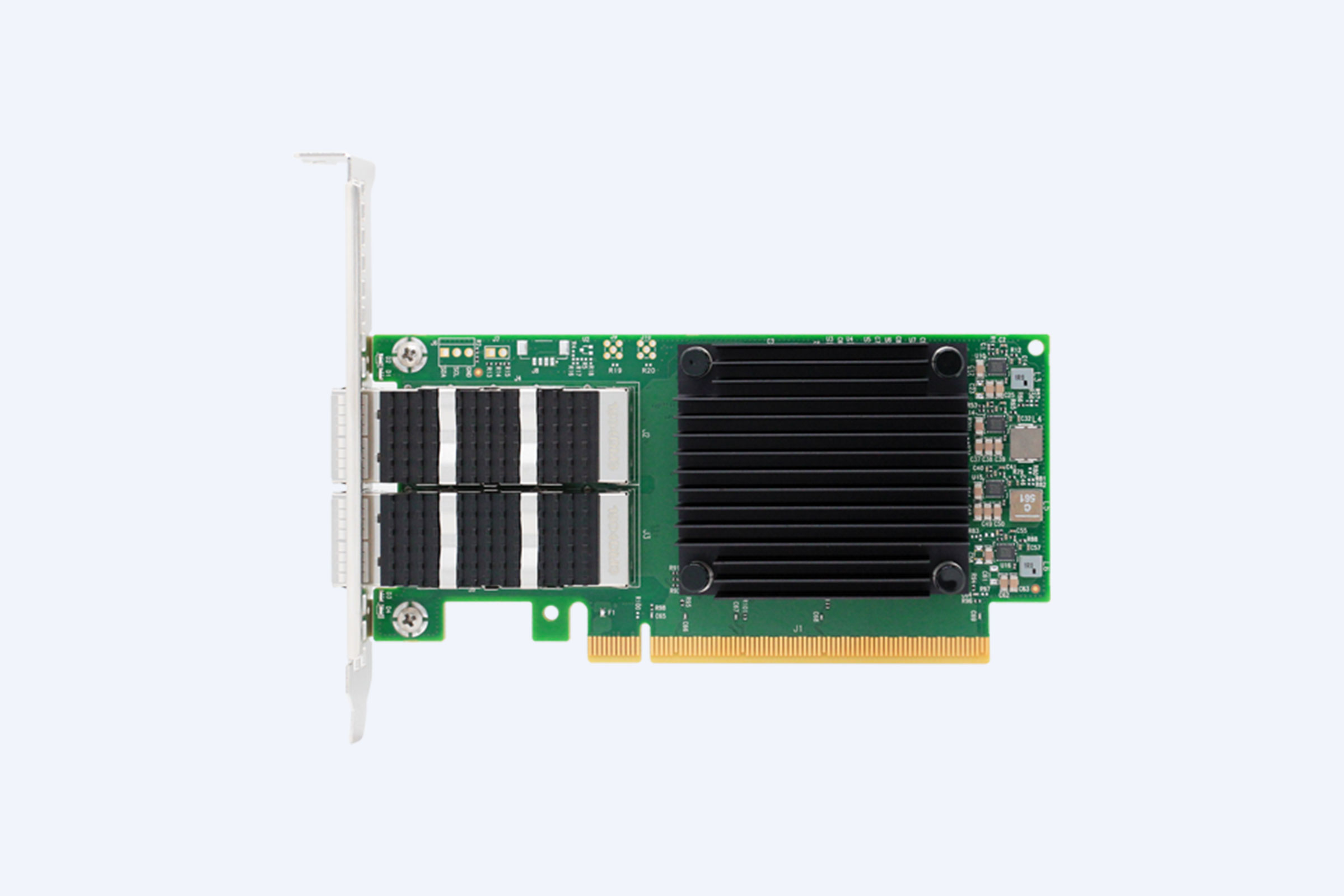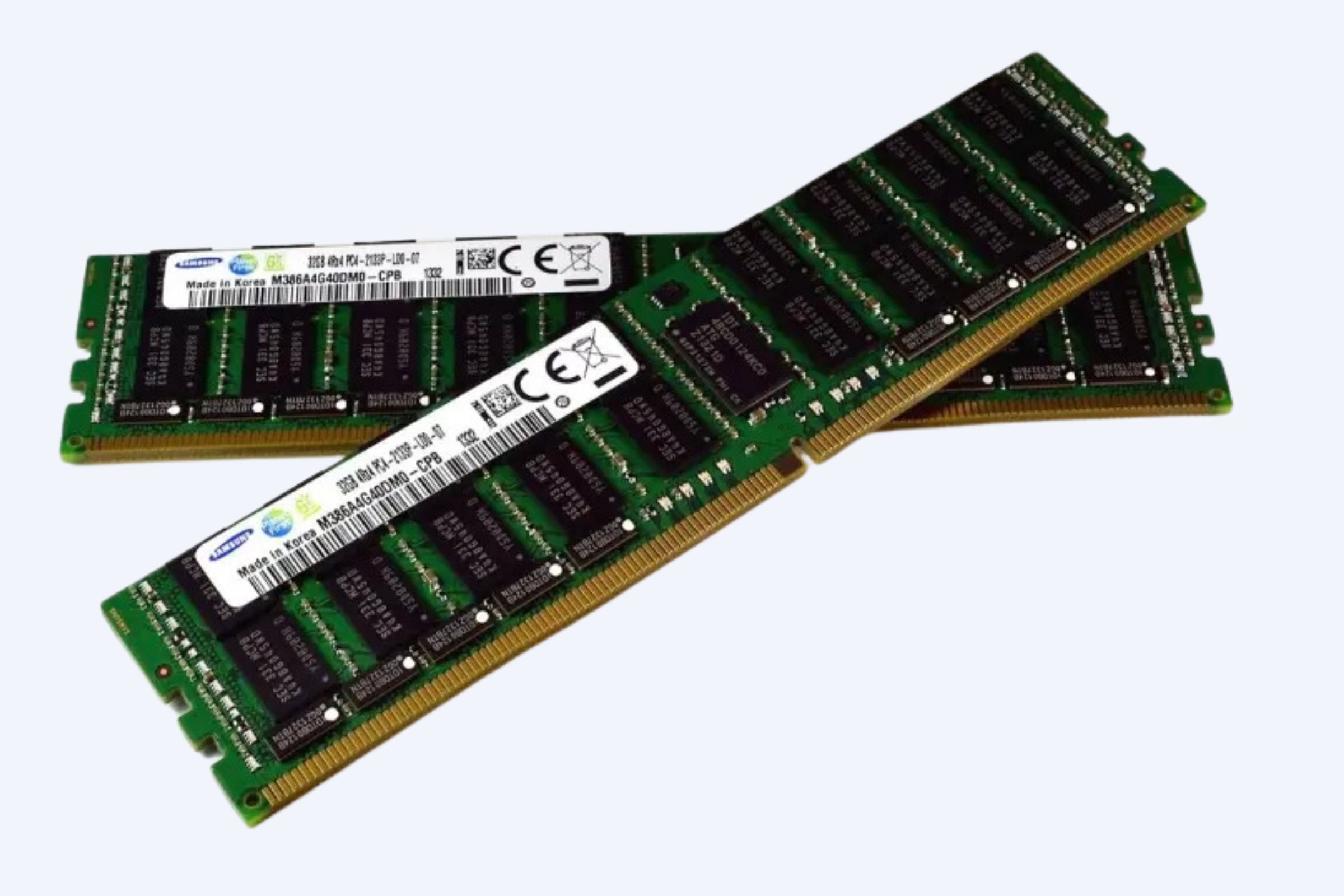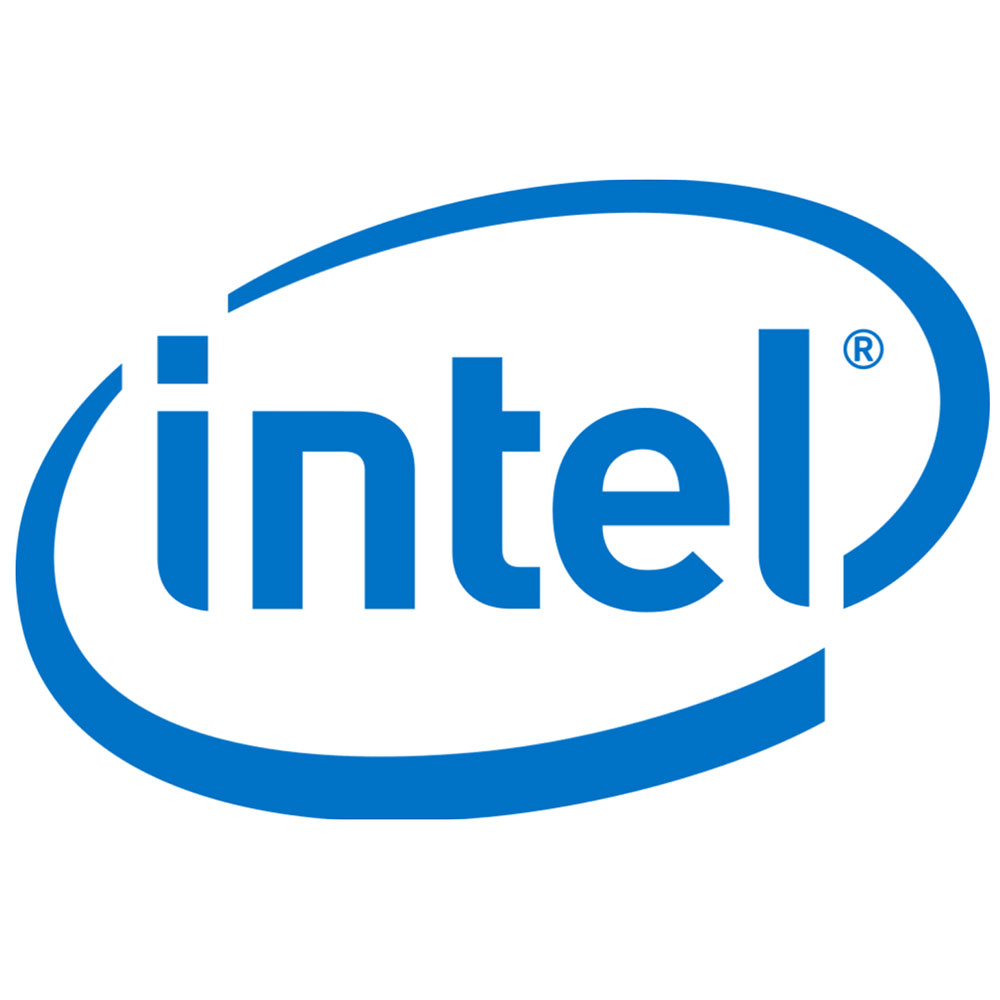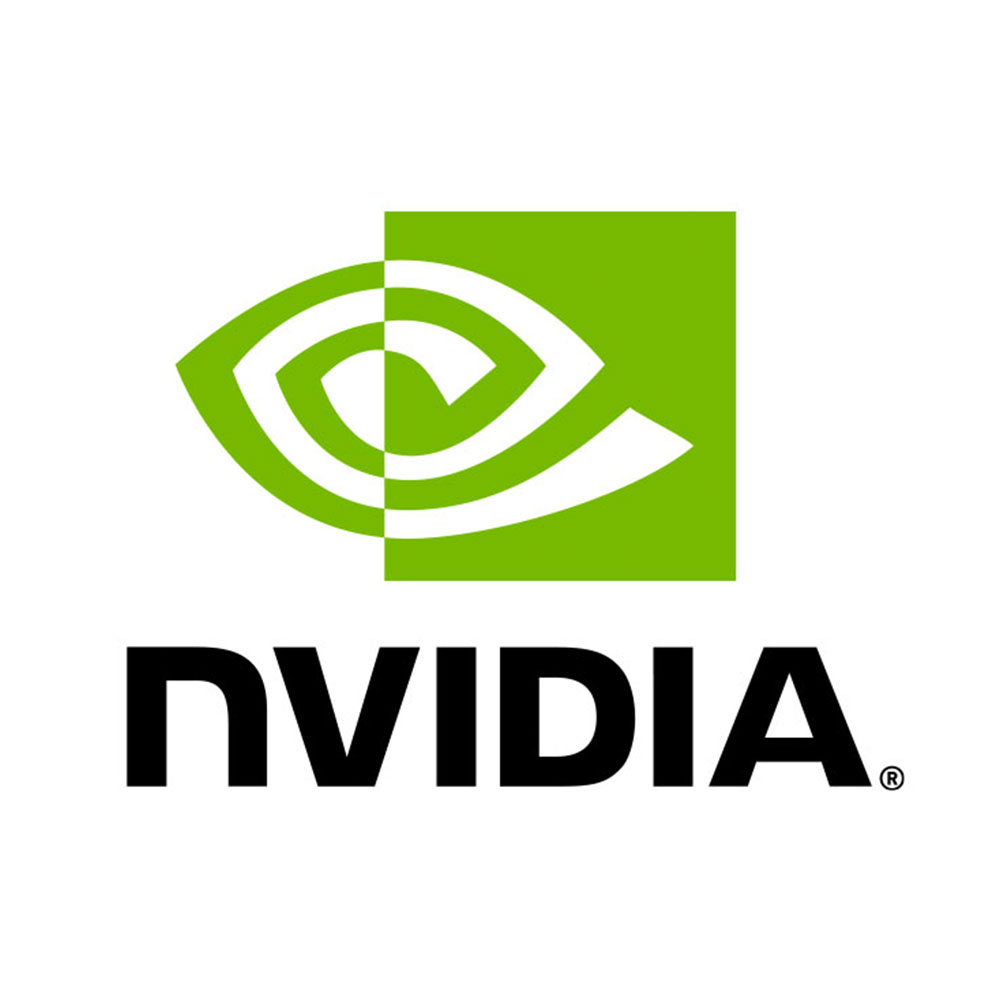Dell PowerEdge servers have evolved significantly since their initial release in 1994, with each generation introducing improvements in performance, scalability, and management. The models released by year reflect Dell’s continuous innovation, meeting diverse enterprise needs from entry-level to high-performance computing, with key generational milestones shaping their legacy.
What Are the Major Generations of Dell PowerEdge Servers?
Dell PowerEdge servers are grouped into generations, with each generation representing advancements in technology and design. The earliest was launched in 1994, with the latest being the 17th generation released in 2024. Each generation introduces new processors, enhanced memory capacity, storage, and management capabilities tailored for modern IT demands.
Key Generations and Launch Years:
-
1st generation started in 1994
-
13th generation around 2014
-
14th generation in 2017
-
15th generation in 2021
-
16th generation in 2023
-
17th generation from 2024 onwards
Generations reflect technology shifts such as moving from Intel Pentium to Xeon processors and incorporating AMD Opteron chips.
How Did Dell PowerEdge Server Models Evolve Over the Years?
The evolution of PowerEdge servers began with Intel i486 and Pentium processors and evolved into multi-socket Intel Xeon and AMD EPYC servers suitable for virtualization, big data, and HPC workloads. Dell expanded from tower, rack, and blade servers to modular and cloud-ready infrastructure.
Over the years:
-
Introduction of Xeon Scalable processors for high performance
-
Increased memory capacity from a few GBs to TB scale
-
Advancement from PCIe Gen3 to Gen5
-
Optimized for AI, ML, and virtualization workloads
-
Transition to DDR4 and now DDR5 memory technology
These changes mirror enterprise IT trends where scalability and performance are critical.
Which Dell PowerEdge Models Are Available Per Generation?
Dell categorizes PowerEdge models based on form factor and generation:
| Generation | Typical Models | Server Type | Launch Year | Key Features |
|---|---|---|---|---|
| 14th Gen | R730, R630, T640 | Rack and Tower | 2017 | Dual-socket Xeon, DDR4, PCIe Gen3 |
| 15th Gen | R740, R650, T350 | Rack and Tower | 2021 | Xeon Scalable, AMD EPYC options, higher memory |
| 16th Gen | R760, R660, T560 | Rack and Tower | 2023-2024 | DDR5, PCIe Gen4/5, up to 64 cores, higher storage |
| 17th Gen | R760 (updated), R860 | Rack Server | 2024 | 4th/5th Gen Xeon, DDR5, advanced AI support |
This reflects Dell’s commitment to diverse business needs from entry-level to high-density compute environments.
When Did Dell Transition From Intel to AMD Processors in PowerEdge Servers?
Dell maintained exclusive Intel processors up to 2006, then introduced AMD Opteron in 2006 with models like PowerEdge 6950. Since then, AMD EPYC has become a robust option alongside Intel Xeon, especially in recent generations (15th and 16th), catering to workload diversity and customer preference.
This move expanded performance capabilities for virtualization and cloud environments.
How Do Dell PowerEdge Servers Address Modern Enterprise IT Needs?
Modern PowerEdge servers integrate cutting-edge technology such as:
-
High core-count CPUs (Xeon Scalable, AMD EPYC)
-
Support for DDR5 memory for faster data access
-
NVMe storage and extensive drive bays for scalability
-
Automated management tools like Dell EMC OpenManage
-
AI and machine learning acceleration with GPU options
They cater to various workloads including virtualization, big data analytics, cloud, and HPC — making them versatile for digital transformation.
What Are the Form Factors of Dell PowerEdge Servers?
Dell PowerEdge servers come in various form factors to fit different IT environments:
-
Rack servers (1U, 2U, and larger): e.g., R740, R650, R760
-
Tower servers for small to medium businesses: e.g., T350, T560
-
Blade and modular servers: e.g., M640, MX7000 for data center density and scalability
-
Cloud-optimized and high-density models for specific workloads
Choosing the right form factor depends on space, scalability, and use case requirements.
Why Is Keeping Track of Dell PowerEdge Server Lifecycle Important?
Dell servers have specific End of Support (EOS) and End of Life (EOL) dates often 5 to 7 years post-release. Tracking lifecycle helps enterprises plan upgrades, avoid security risks, and manage licensing costs effectively. For example, the 14th gen R730’s EOSL is around 2024-2025, while 17th gen servers will be supported through 2030s.
Proper lifecycle management ensures consistent performance and compliance.
Where Can Enterprises Obtain Reliable Dell PowerEdge Server Solutions?
Wecent Technology offers high-quality Dell PowerEdge servers along with full IT infrastructure solutions, ensuring certified, durable, and efficient hardware. Enterprises globally can benefit from Wecent’s expert guidance, competitive pricing, and tailored services for deploying and maintaining PowerEdge servers.
Wecent partners with Dell and other leading brands to serve clients with cutting-edge IT solutions [background].
Can Dell PowerEdge Servers Be Customized to Meet Specific Business Needs?
Yes, Dell PowerEdge servers offer extensive configurability in CPU, memory, storage, and network options. For instance:
-
Dell EMC OpenManage software enhances manageability
-
Support for AI accelerators and GPUs for workload-specific acceleration
-
Multiple storage configurations support SDS and big data needs
-
Scalable memory and CPU options tailor performance to size and workload
This flexibility is ideal for businesses evolving their IT architecture.
Wecent Expert Views
“At Wecent, we recognize the Dell PowerEdge line as a benchmark in enterprise server technology, consistently pushing the boundaries of performance and scalability. Our clients rely on these servers to support mission-critical workloads with confidence, leveraging our expertise to optimize deployment strategies. Wecent’s commitment to delivering fully certified, original Dell PowerEdge servers ensures unmatched reliability and efficiency, empowering businesses worldwide to thrive in competitive markets.”
Summary and Actionable Advice
Dell PowerEdge servers have evolved continuously over nearly three decades, advancing alongside IT demands. Understanding their generational differences, lifecycle, and model options is crucial for enterprises to select hardware aligned with their workloads and growth plans. Partnering with trusted suppliers like Wecent guarantees access to authentic, high-performance servers with full support. Businesses should prioritize server lifecycle awareness and leverage PowerEdge’s customization capabilities to optimize IT infrastructure for future needs.
Frequently Asked Questions
1. How do I identify the generation of my Dell PowerEdge server?
Dell’s naming convention includes the generation as the first digit (e.g., R750 is 15th gen, R760 is 16th gen). Detailed guides and Dell support resources can help decode your server model.
2. What is the expected lifecycle of a Dell PowerEdge server?
Typically, Dell supports servers for about 5-7 years post-launch, with EOS and EOL dates dependent on model and generation.
3. Which Dell PowerEdge series is best for virtualization?
The R-series rack servers like R740, R750, and R760 are optimized for virtualization workloads due to their high memory capacity and CPU core counts.
4. Can I mix Intel and AMD processors in the same Dell PowerEdge server lineup?
No, servers are configured either with Intel Xeon or AMD EPYC CPUs. Enterprises can select based on workload requirements.
5. How does Wecent ensure the quality of Dell PowerEdge servers?
Wecent provides original, fully certified Dell products with global-quality certifications, backed by expert support and competitive pricing to ensure client satisfaction.



